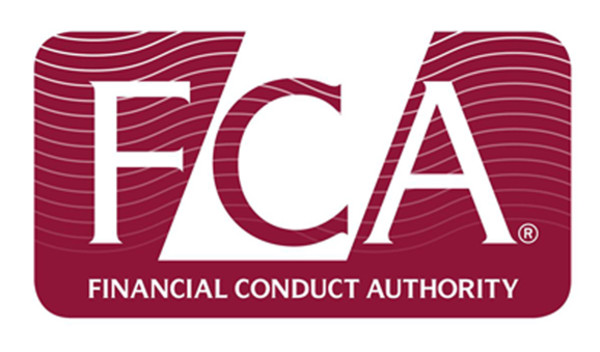

This lack of transparency in lending criteria is one of the reasons why about 30 per cent of consumers missed out on being able to use lower priced mortgage products for which they would be eligible, the FCA found.
The most obvious way to make more information available is through the use of tools intermediaries could use to identify, early on, those products for which the consumer is or is not likely to be eligible.
The trade bodies consulted by the FCA oppose direct intervention to address this issue, fearing that it could have unintended consequences. They argue that eligibility tools such as Criteria Hub and Knowledge Bank already exist and are developing quickly, having not existed at the time of the original study.
The FCA, for its part, argues that these tools are not yet fully proven and “will require active engagement from a range of lenders” if they are to provide a genuinely comprehensive solution to the problem.
The FCA states that its preference is for a market-led solution, but that it will monitor adoption of these tools, seek to identify barriers preventing lender participation in potential solutions to this problem, and consider whether and what direct intervention might prove necessary if progress towards a solution is sluggish.
So, it seems the ball is now very much in the lenders’ court. The question is, will lenders be prepared to surrender their eligibility and affordability criteria, and more importantly their scorecards, to a commercial third party, in the interest of brokers and the consumer?
It will be interesting to see how this plays out and whether lenders will be implored by the regulator to rapidly adopt the technology, tools and platforms currently being developed in this space.
The only obvious risk is a two-speed market, where lenders who use individual underwriting and flexibility might be disadvantaged by such an automated approach. Consumers may think if the system says no, they have no alternative.
If brokers could access the affordability matrix and eligibility scorecards used by lenders, this information could be used alongside consumer-facing tools and/or tools an intermediary can use to facilitate telephone-based or face-to-face interaction. The tools could also provide feedback on why the consumer has been deemed ineligible for a product.
Lenders have legitimate reasons to be cautious about allowing access to their systems and information, but without deeper cooperation, brokers will have to keep relying on mortgage sourcing systems that are largely rate or product-led.
They will be forced to keep submitting decisions in principle to lenders with no idea whether a serious clash with unknown eligibility criteria derails the process.
Consumers will continue to be frustrated if they provide what appears to be a perfectly legitimate application for a product, only for the case to be pronounced ineligible.
It is not only lenders who could make useful changes: the FCA also suggests brokers should alter panel strategies based around finding products to suit a broad range of consumers, offering instead a range of products well-suited to a particular individual.
But everything brokers can do to match consumers with the best mortgage deal to suit their circumstances could be helped significantly if lenders were willing to provide more information about eligibility at an earlier stage of the process.
Lenders: it is over to you.
David Copland is director of mortgage services at TMA



